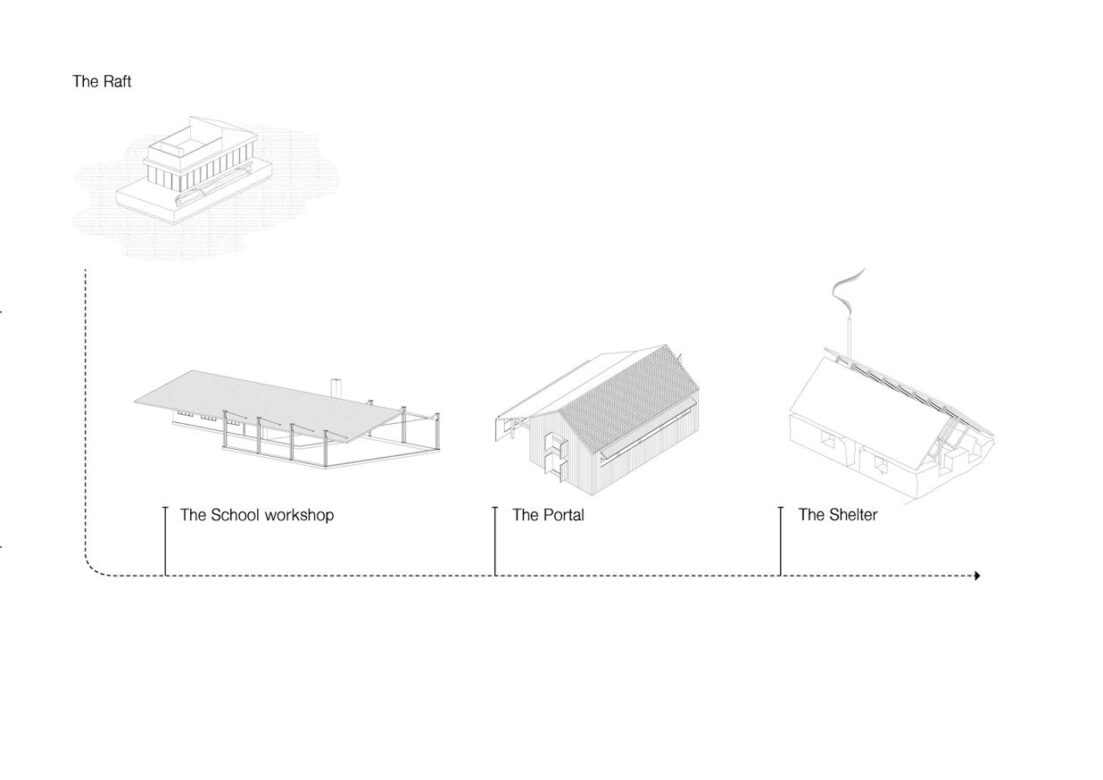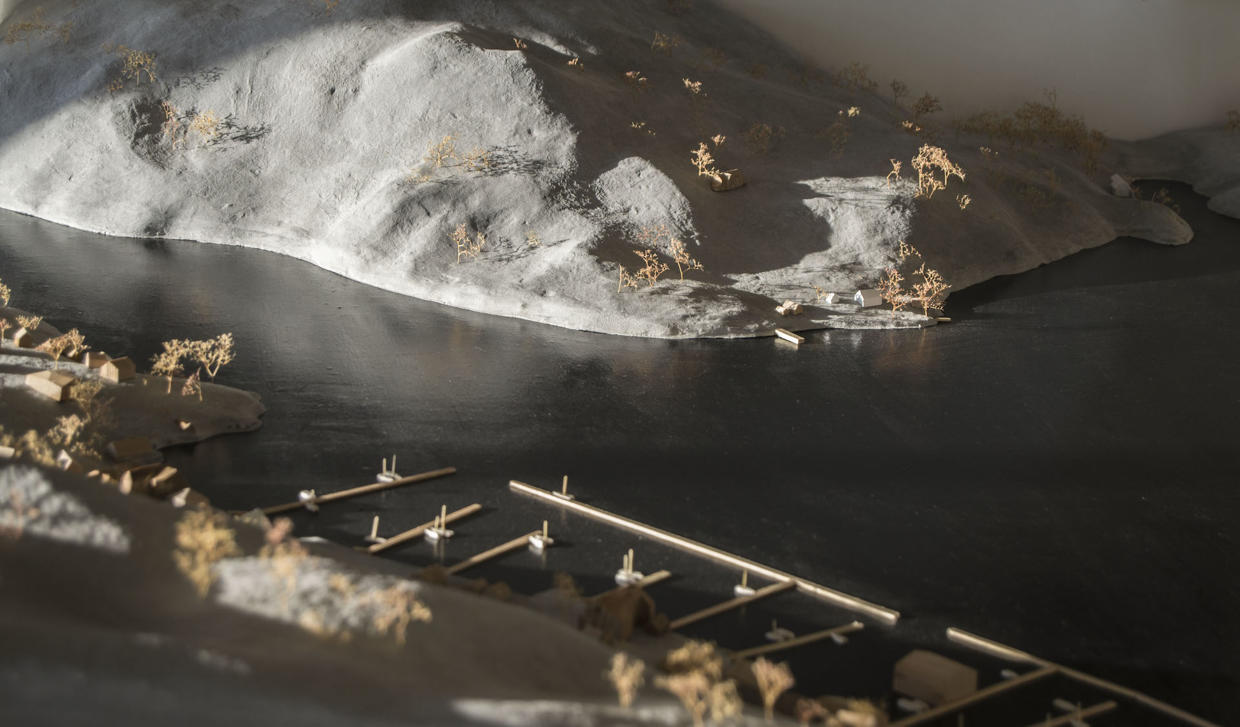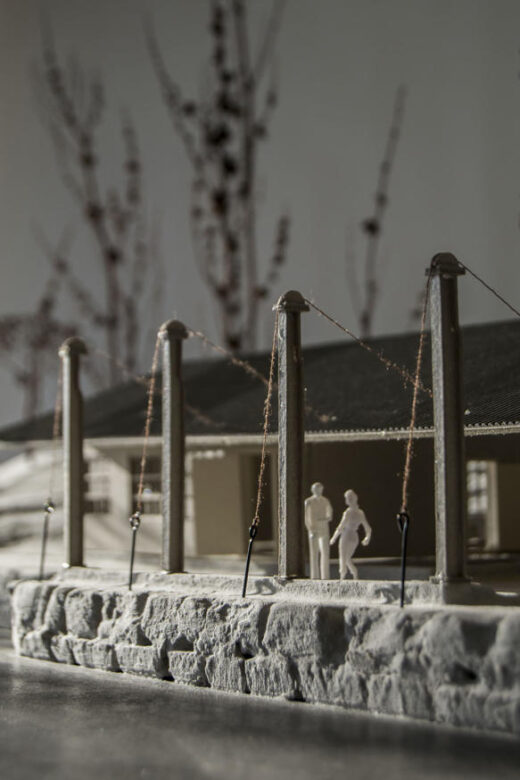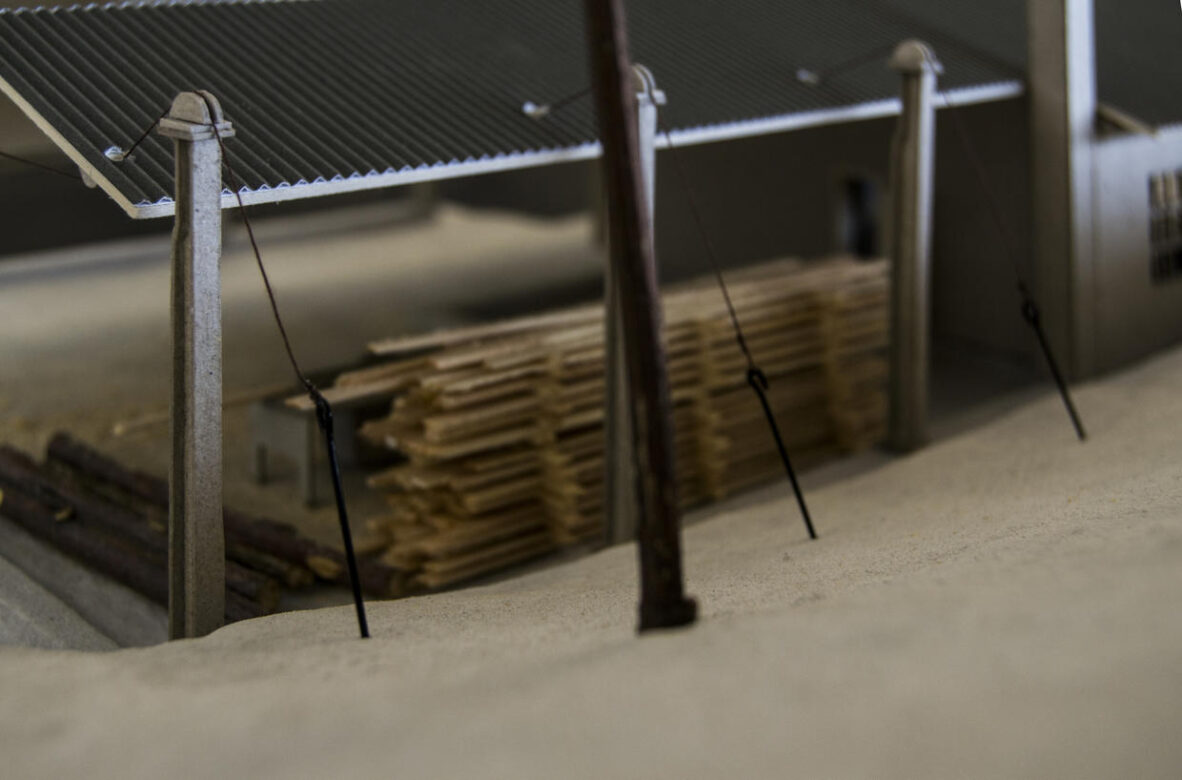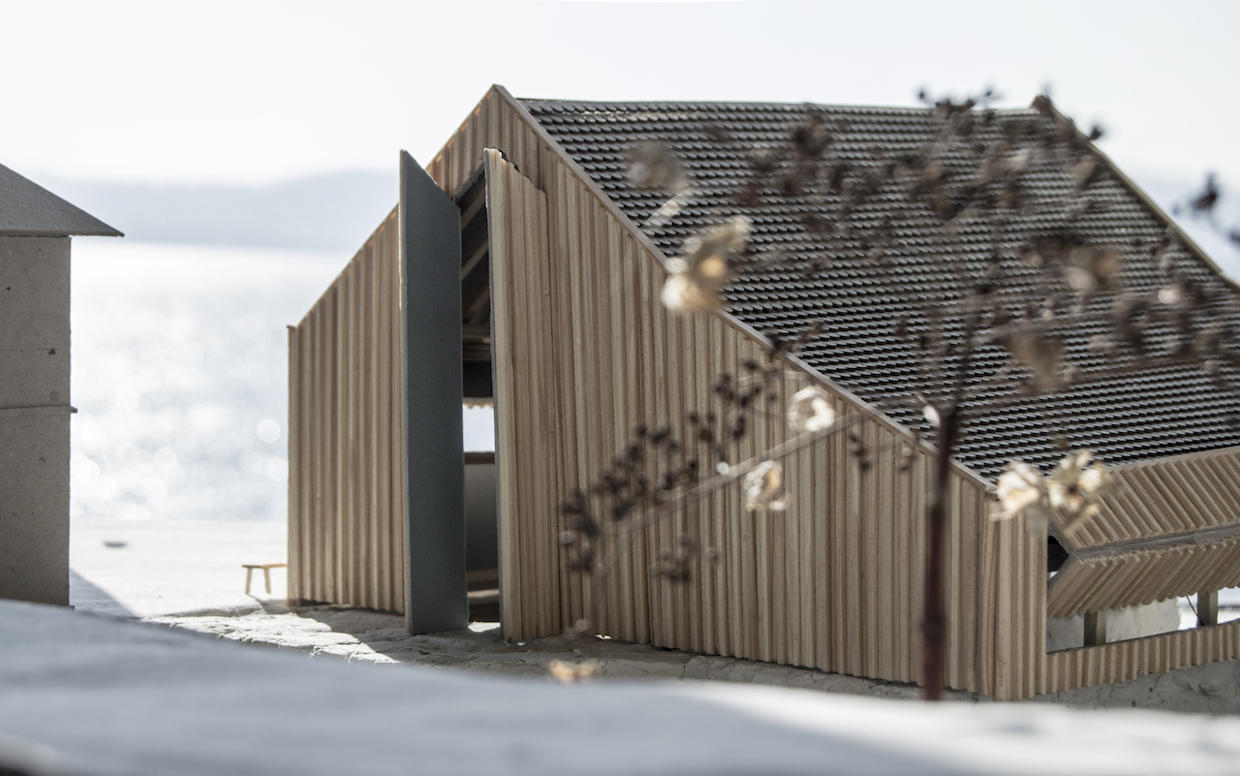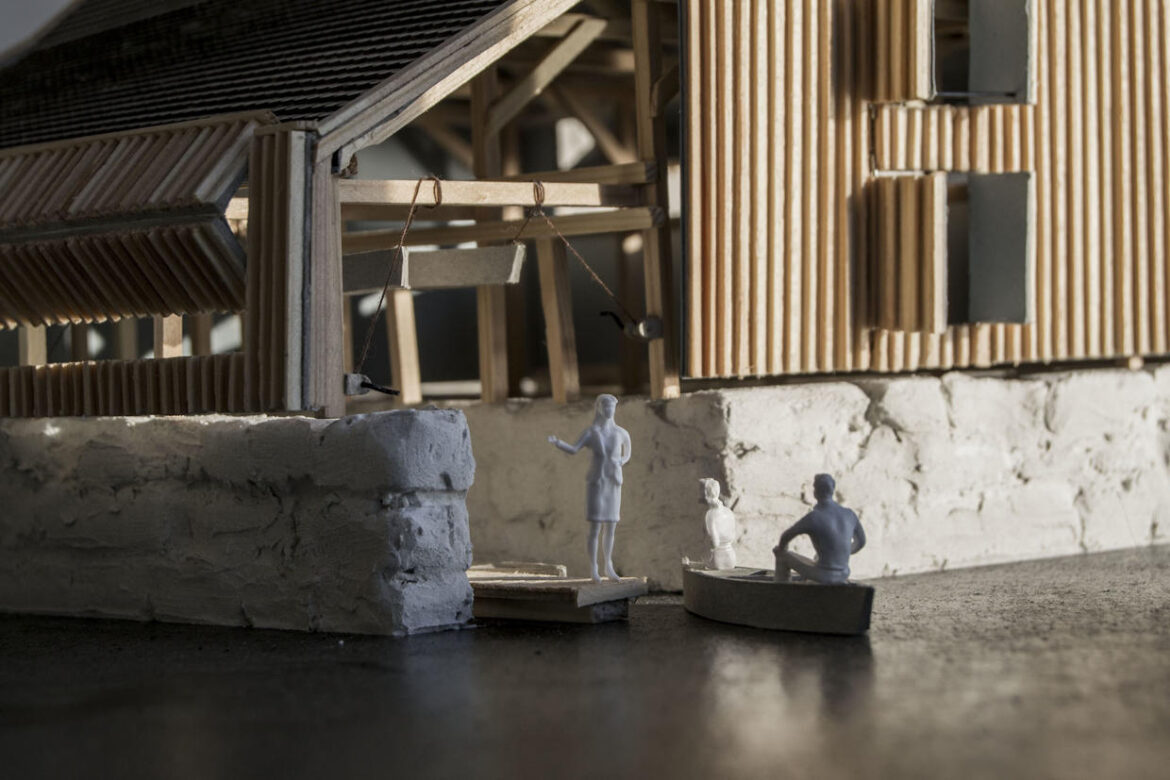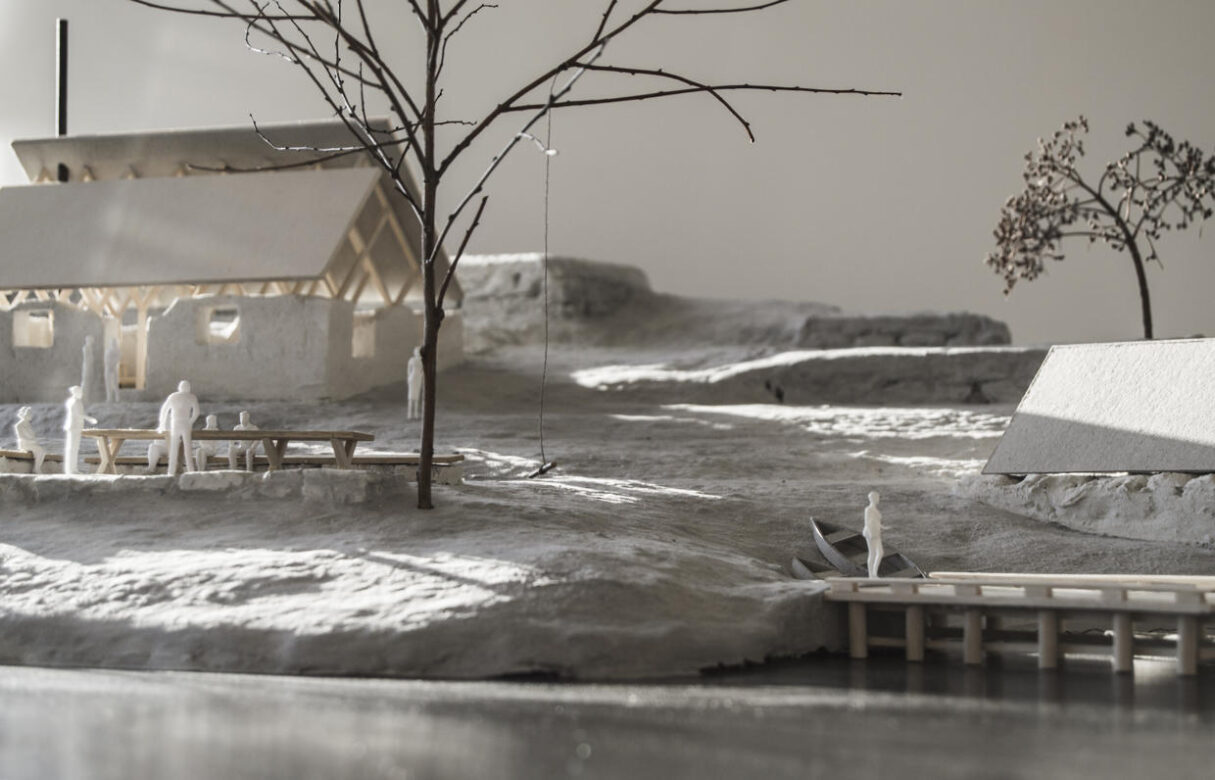The sea is becoming a passive actor as the coastal zone gets privatised. Its use value is gradually being degraded and limited only to its aesthetic and recreational values.
Along the sea in Norway there is an invisible urgency, one third of the coastline is already considered private and built. Even though the planning and building act from 1971 came with a permanent building ban in the beach zone there is a steady number of dispanastions given every year by the municipalities. Since the country is divided into three zones depending on building pressure, some municipalities have a greater freedom to develop their coastal land than others. Nevertheless, In the Norwegian population 7 out of 10 says in a survey conducted for Norsk Friluftsliv that they are against more development in the beach zone. The government has still decided new guidelines providing greater opportunities for business development and housing in the district municipalities.
The aim of the proposal is to reestablish human contact with the sea through practical learning. By facilitating education in and by the sea, a long term desire for access and curiosity can take place. The younger generation has to build a safe relationship with water to become experts on one of our main resources. The project facilitates a school with focus on practical learning, community building and using the body as a tool for new experiences. Instead of planning a project along the roads, this proposal has the sea as the main connector. As an extension of the school the local community can use the structures and program to experience a common access to the coast.
 A shelter at the sea
A shelter at the sea 
